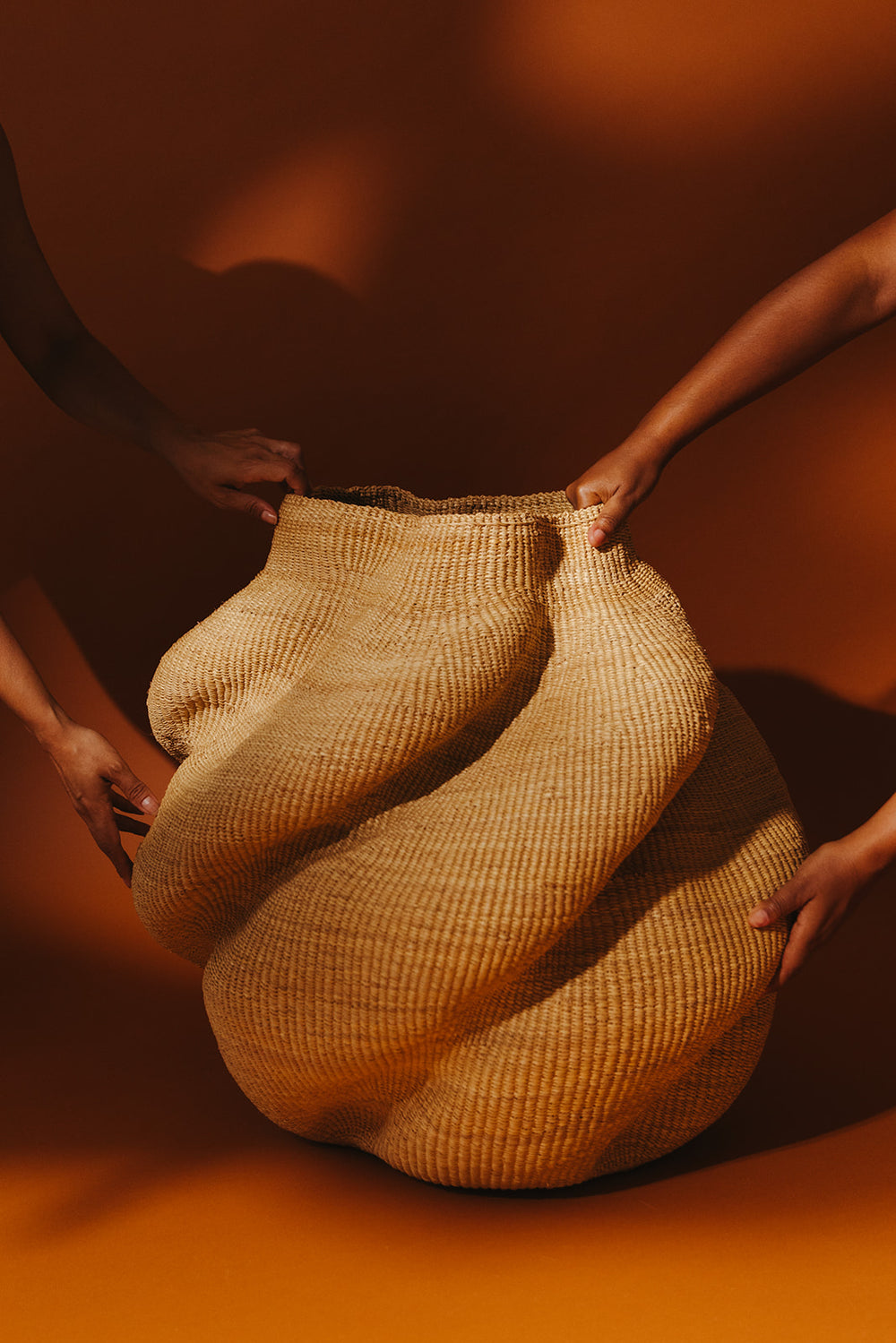Raffia Dyeing with the Rubona Weavers in Northern Uganda
The art of dyeing raffia is a meticulous process that transforms this natural fibre into a vibrant canvas of colors. This traditional craft not only involves technical expertise in dye application but also requires an understanding of color theory to blend and harmonize different shades. The result is a spectrum of raffia strands, each infused with the essence of the artisan's vision, ready to be woven into intricate patterns that tell stories through their brilliant and carefully chosen colors.
Felicia and Rim had the great pleasure of participating in a dyeing session with the Rubona Weavers in Western Uganda, delving deeper into the art of coloring raffia. Raffia, derived from the raffia palm, yields durable, clean strands that readily accept dyes.
The process is exceptionally eco-friendly, as the women utilize only materials found in nature—such as plants, flowers, roots, or minerals. What sets the Rubona Weavers apart is their cultivation of these ingredients in a community garden and their commitment to recycling leftover natural elements through composting. This embodies a full-circle approach or circular economy gone full circle.
Plants, Flowers, and Roots for Natural Dyes
First, the raffia needs to be sorted and organised into smaller batches to prepare them for their first bath with a water purifying stone. This allows the raffia fibre to better absorb the natural colors in the following steps. After the first bath the raffia needs to be untangled and dried for a while in the sun before proceeding.

Each community has their own knowledge and secrets about which flowers and plants to use and where to find them. This knowledge is shared within the weaving groups and passed down to the next generation. The wonderful colors can be found in nature, especially by using roots, flowers, stones and tree bark. Some of these natural Ingredients might be seasonal, challenging to find or require some additional effort for collecting the needed amount.

The chosen ingredients such as flowers are being boiled over an open fire place and you can easily witness how the flowers are slowly merging to one big pile of colorful essence. The texture mass is being put aside to cool down before it will be mixed with the prepped raffia fibres.
The prepared raffia is then dunked into the hot bowl of colorful flowers and stirred around. Within a few second the fibre changes slowly its color from a nude beige to a vibrant orange. The more time passes and the more often the mix is being stirred around, the stronger the color becomes.



